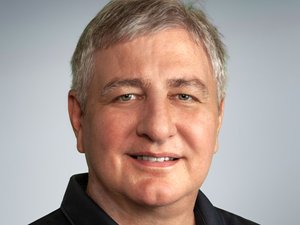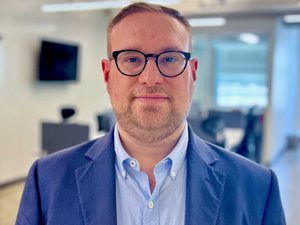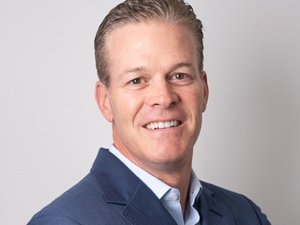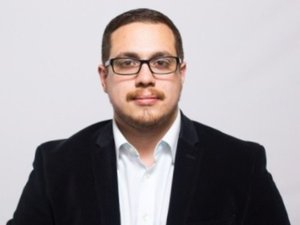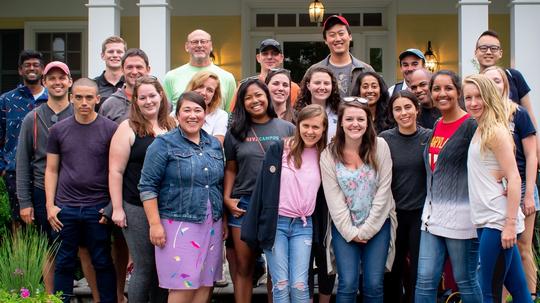
GiveCampus, an online fundraising platform for educational institutions, has just reached 550 partner schools – all after raising just a small dose of venture capital. Profitable since its founding in 2014, the startup is now in 10 percent of U.S. colleges and hundreds of K-12 schools, processing millions of dollars in donations every month.
GiveCampus was born and bred in D.C. and has several local partner schools, including Georgetown University Medical Center, Johns Hopkins University and the Maret School.
The company has already made 10 hires this year, doubling in size in the last nine months, and it expects to make 10 to 15 more before the end of the year. We sat down with co-founder and CEO Kestrel Linder to talk about what it takes to scale an edtech startup at such a fast clip from the District.
“Building a business growing this fast is a lot of fun,” he said. “We’re a team today of 24 people and I think the one thing that connects us all is the size of our community – we’re doing as much as we can to make that community of schools as successful as possible.”
GiveCampus is signing an average of four schools every week currently, which Kestrel boils down to customer service.
“We’ve always placed our partner schools first and focused on partner success: happiness, results and value – measurable value they’re getting out of GiveCampus – we always prioritize that. That often has meant shifting resources internally away from tasks or work that’s secondary to those things.”
“We don’t have a formal sales team,” Kestrel said. “A couple business development folks spend a portion of their time working on sales activity. Fifty to 75 percent of their day is driving new business, but most of what everyone on the team is doing is making sure schools we’re working with are happy.”
He said the key to putting together that team is selling potential employees on the company’s mission. Nine of its staff came from major tech metros.
“Being in a D.C. tech company is a different experience from San Francisco, Boston or New York, where there’s a greater concentration of people wanting to work at high-growth startups … It’s interesting to get applications from people not only in D.C. but from New York, Boston, San Francisco and Seattle – cities that are more closely associated with the tech community – but who are interested in a great company even if that means moving.”
A lack of VC funding has played a supporting role as well:
“People are giving greater scrutiny to the long-term prospects of companies that are heavily funded by VC firms, and wondering if they can climb the mountain with the speed that venture capital requires you to climb with or heading for eventual failure … We intentionally designed the business to avoid going out to raise capital.”
“Because we haven’t raised serious money from VCs, we have a lot of independence so we can grow and spend money on our pace in what’s in the best interest of the company and employees.”
And a lean budget, Kestrel said, can bring out the best in workers:
“We’ve recognized that we’re always better when we’re stretched a little bit. If you’re stretched and not over-resourced, you find efficiencies you might not have and solve problems you might not have done with more people. It makes people more resourceful, innovative and creative."
